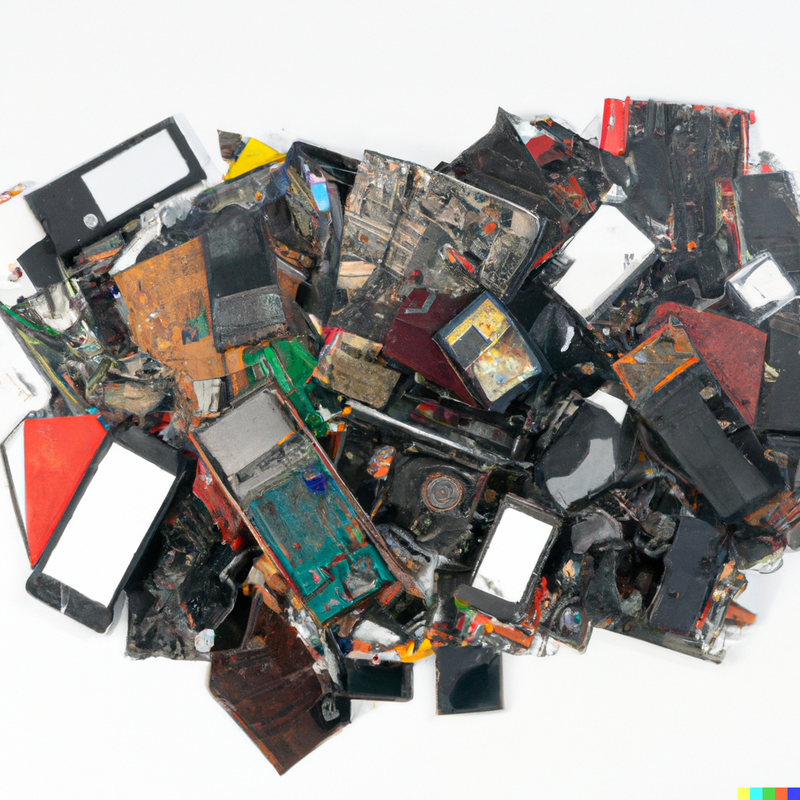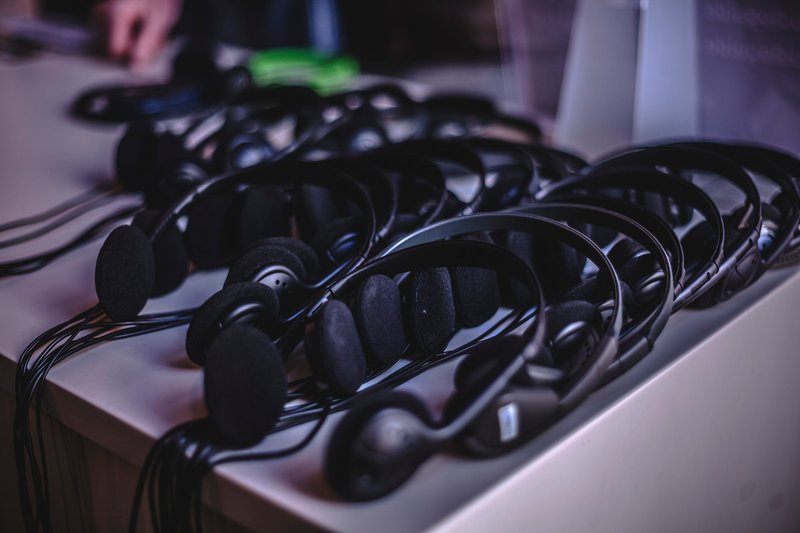Exploring Sustainable Alternatives to Hardware Audioguides for Environmental Conservation
Introduction
As the world becomes increasingly digital, the environmental impact of electronic waste (e-waste) has become a pressing concern. One often overlooked contributor to this issue is the use of hardware audioguides in tourism. These devices, while useful, contribute to the growing e-waste problem when they become obsolete or break down.

The E-Waste Problem
According to the Global E-waste Monitor 2020, a record 53.6 million metric tonnes of e-waste was generated worldwide in 2019, an increase of 21% in just five years. This figure is projected to reach 74.7 million tonnes by 2030, nearly double the 2014 figure. This rapid growth is fueled by higher consumption rates of electric and electronic equipment, short life cycles, and limited repair options.

The Impact of Hardware Audioguides
While it’s challenging to find specific data on the waste generated by hardware audioguides, considering the number of museums, tourist attractions, and visitors worldwide, it’s clear that the potential for waste is significant. Each device that breaks down or becomes obsolete contributes to the e-waste problem. Moreover, the production of these devices involves the extraction of precious metals and other resources, which has additional environmental impacts.

Conservative guess about the hardware audioguide production
Estimating the exact number of hardware audio guides in the world or produced each year is challenging due to the lack of specific data. However, we can make some educated guesses based on available information.
There are approximately 95,000 museums around the world according to the International Council of Museums. If we assume that each of these museums has, on average, 500 hardware audio guides (a rough estimate, as the number can vary greatly depending on the size and popularity of the museum), that would mean there are approximately 47.5 million hardware audio guides in museums alone.
This estimate does not include audio guides used in other tourist attractions such as historical sites, parks, and city tours. If we consider these additional uses, the total number of hardware audio guides could be significantly higher.
As for the number of hardware audio guides produced each year, this would depend on factors such as the lifespan of the devices, the rate at which they are replaced, and the growth of the tourism industry. If we assume that each audio guide has a lifespan of about 5 years, then approximately 20% of the total number of devices would need to be replaced each year. Based on our rough estimate of 47.5 million devices, this would mean about 9.5 million devices are produced each year for museums alone.
Please note that these are very rough estimates and the actual numbers could be significantly different. For more accurate information, it would be necessary to conduct a detailed survey or study.
The Solution
Switching to mobile audioguides can significantly reduce this waste. Most tourists already carry a smartphone, so using mobile audioguides eliminates the need for additional hardware. This not only reduces e-waste but also cuts down on the resources used in the production of hardware devices.
Conclusion
While hardware audioguides have served us well, it’s time to consider more sustainable alternatives. Mobile audioguides offer a viable solution that not only enhances the tourist experience but also helps to mitigate the environmental impact of e-waste.